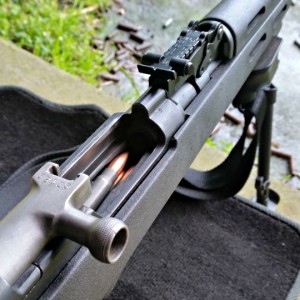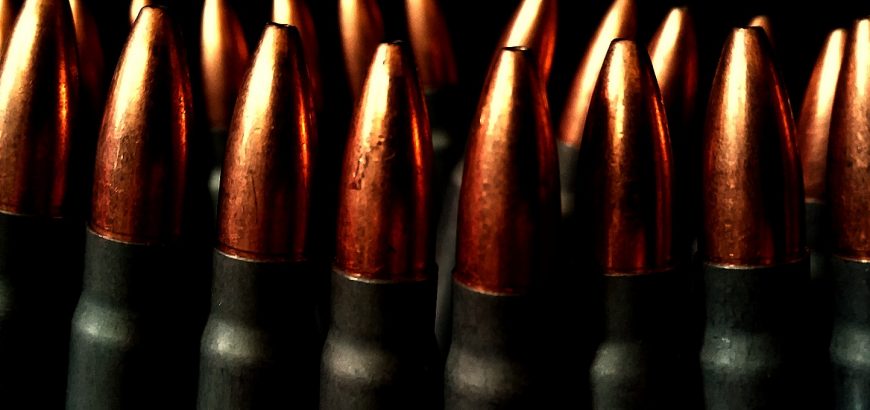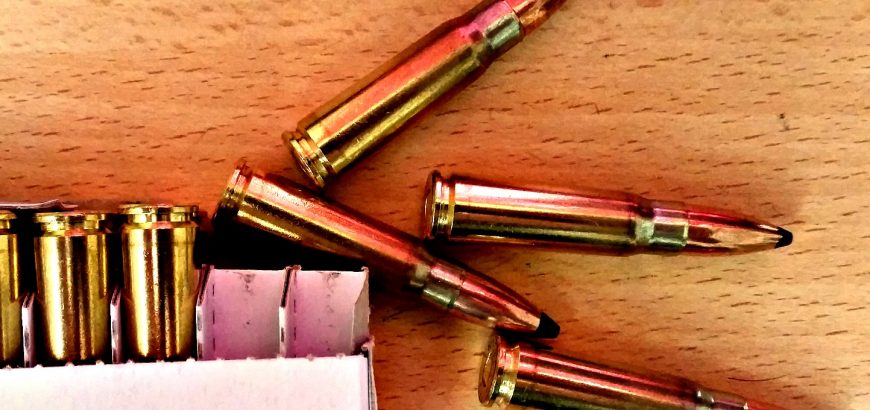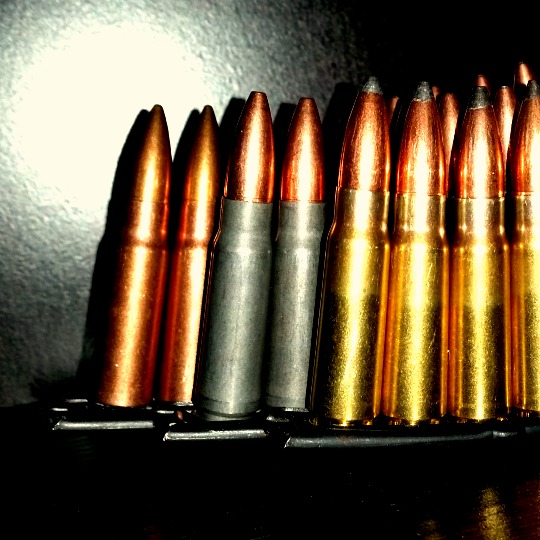Action movies are great. You get to relax and get pumped up at the same time. However, there are certain things that Hollywood, news media and general ignorance get people thinking about guns that just aren’t true. Here are four myths that need to stop, right now.
1. A silencer makes your gun sound like a mouse fart
There are very few “silent” firearms. Those that have been created to be virtually undetectable from about 30 feet (10 metres) away, were mostly clandestine firearms developed in war time, such as the De Lisle carbine and the Welrod pistol.
However, almost every other firearm in existence is still pretty loud with a suppressor on. The aim of a silencer, suppressor or moderator, is to reduce the decibel level and take out the loud “crack” of the round being fired. This helps in several ways.
- It protects your hearing – especially for hunters.
- It makes it harder to pinpoint the origin of the sound – keeps the animals confused for a couple seconds longer
- It keeps the volume down at the public range or when on private land near to neighbours
The suppressor also makes it easier to shoot more accurately, as it reduces the recoil felt by the operator of the firearm, as well as the muzzle climb. This means shooters have less of a tendency to flinch or close their eyes, and can take follow up shots more quickly if an animal has not been taken cleanly.

2. Cars are often blown up with bullets
This is one of the great contradictions in movies and video games… Shoot a car enough times and it’s apparently going to blow up. While it’s possible, it’s not very likely. Fuel lines and tanks are very hard to puncture, and are right in the guts of the car. Even if you do manage to spring a leak, you have to continue shooting in that vicinity to try and get sparks from your rounds’ impact to set the fuel alight.
Tied in with this fallacy is the idea that cars provide great cover. No they don’t. Most hunting cartridges could penetrate through a car door or roof and still do a great deal of damage – never mind the shrapnel created in the process. Twenty millimetre rounds from a jet, 7.62×51 armour piercing rounds from a gunship or .50 cal rounds from a ma deuce will rip you and your car to shreds.
3. Guns click and clack whenever you point them at someone
This is one of the most aggravating things to see in a movie – and few are exempt from this awful foul up. Every time a character handles a weapon in any way, it makes a lot clicking, mechanical noises. As if it’s doing something. If I hold a gun, it makes no sound. If I lift it up and point it at something it still makes no sound. If I swing it around in circles and dance around with it – it still makes no sound.
A firearm will make a noise in these situations:
- It is being loaded or unloaded
- It is being calibrated or sighted in some way
- A gunsmith is busy taking it apart
- Your pulling the trigger and making it go boom
- A safety or selector is being applied
- A hammer or slide is being pulled back
- You drop it on the floor
- You hit someone/something with it
Other than that, they’re pretty darn quite. If you leave them alone in a safe for a million years, they still won’t make any noise.
4. Guns need to be racked/cocked every few seconds
Directors seem to think that working the slide on a shotgun is punctuation for a tense sentence. For those that don’t know, every time you rack a pump action shotgun, it ejects the round that is chambered – whether it has been fired or not. This means that every time the hero says something cool and makes that “kachook” sound for effect, he’s ejecting a perfectly good round. If he keeps doing that, he’ll have nothing left in his magazine by the time he’s done talking.

The same applies to the slide on a pistol, or the charging handle on a semi-automatic rifle. When the SWAT team makes all those clicky sounds as they’re leaving HQ, then again during the pep-talk in the truck, again when they get out of the vehicle, and again when they confront the bad guy, they’re ejecting a bunch of perfectly good rounds (if this were real life). At three rounds per SWAT member in this example, and a team of 10 people, that’s a whole magazine of ammo wasted every call out. Terrible economics.
I could go on, but that’ll just have to be food for another article. What bugs you about firearms in popular media?







